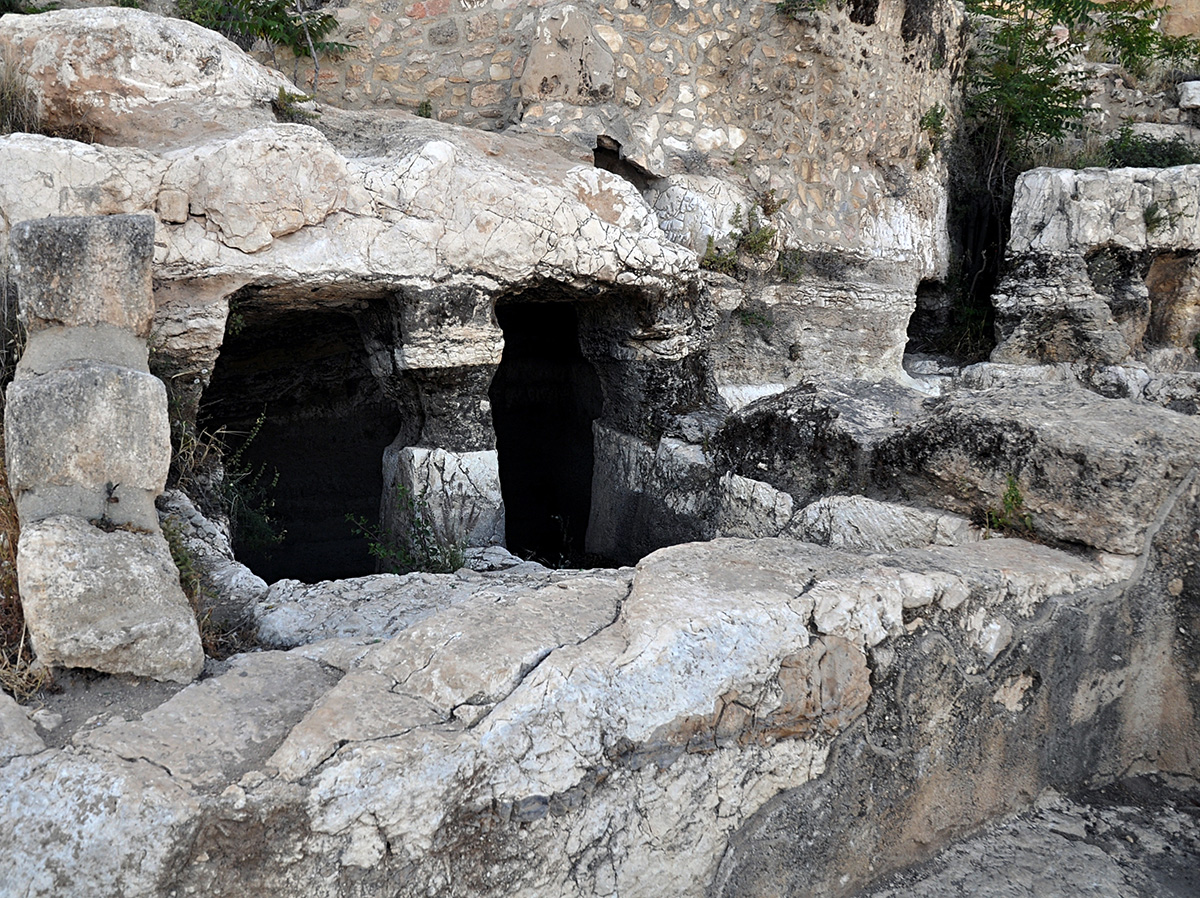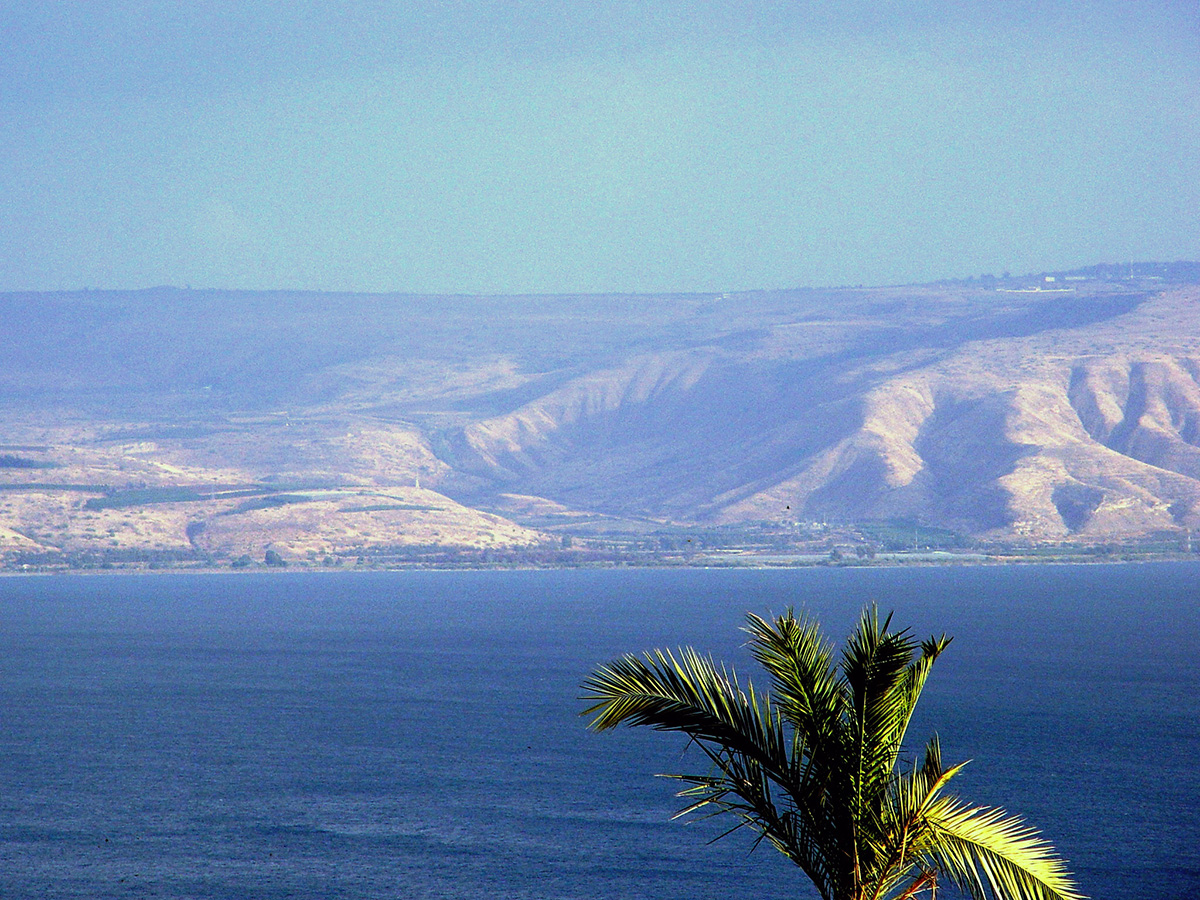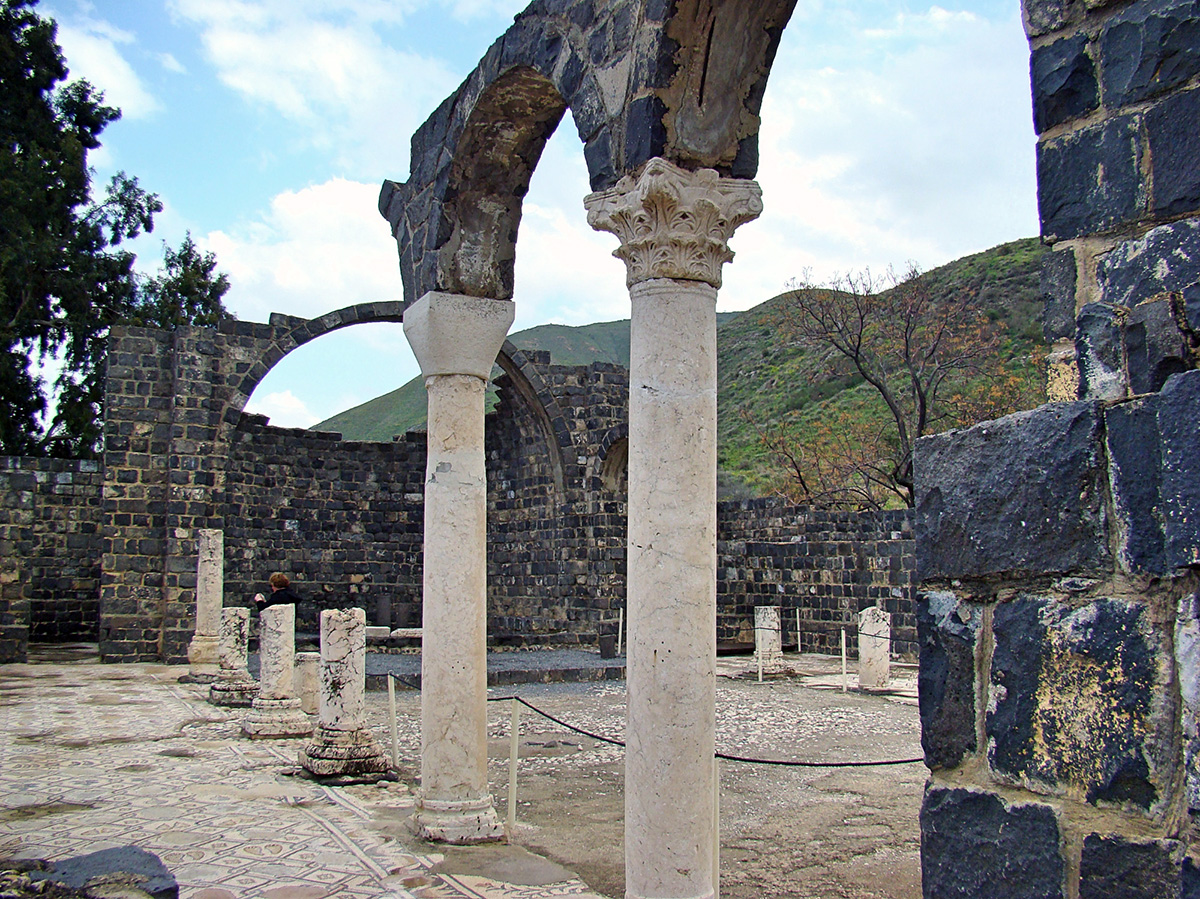

by Leon Mauldin
Synopsis: We look at the geography of Jesus' miracle of casting out the legion of demons on the "other side" of the Sea of Galilee, of which Kursi is the traditional location.
It is axiomatic that the purpose of the miraculous was to confirm the word (Mark 16:20; Heb. 2:3-4). The purpose of Jesus' miracles was to answer the question, "Who then is this, that even the wind and the sea obey Him?" (Mark 4:41). Both the variety and the nature of Jesus' miracles gave infallible proof that He is the Christ, the Son of the Living God (John 20:30-31).
Jesus came that He might destroy the works of the Devil (1 John 3:8; Heb. 2:14). Those occasions when Jesus cast demons out of their victims gave both a visible and powerful demonstration that the promised Seed who would crush the head of the Serpent had come (Gen. 3:15). Though the defeat of Satan would ultimately occur when Jesus died on the cross and was resurrected, His casting out demons gave proof that the devil's downfall was quickly approaching. Satan is strong, but Jesus is stronger (1 John 4:4)! Indeed, Jesus would bind the strong man, and plunder his house (Mark 3:27; cf. Isa. 53:12).
The most dramatic demonstration in this category of casting out demons was the case of the "legion" of demons recorded in Mark 5:1-20 with parallels in Matthew 8 and Luke 8. A legion was 6,000 Roman soldiers. While the number of demons in Mark 5 is not specified, it is instructive that they entered about 2,000 swine (v.13).
The setting of the miracle is in the Decapolis, on the eastern side of the Sea of Galilee ("the other side" [Mark 5:1; Luke 8:22]). There are variant readings in the manuscripts, including the country of the "Gerasenes," (Mark and Luke, NASB), and "Gadarenes" (Matt. 8:28). It sounds rather ominous when a scholar like Bock says, "The geographic setting of the exorcism involves a major textual problem..." (Bock, 771). "Greek manuscripts are divided on the precise location involved, citing three names: Gadarenes (Matt. 8:28), Gergesenes (from Origen), and Gerasenes... Reliable evidence favors the name Gerasenes which probably referred to the small town Gersa (modern Khersa) located on the lake's eastern shore" (Grassmick, 122).
The recently published Archaeology Study Bible has this information:
The geographic setting of Kursi fits the details of the story of the demoniac healed by Jesus. A boat pier adjacent to the first-century village has been found on the shoreline. Gergesa, the likely location of the healing of the demoniac in this chapter, was a Decapolis village dependent upon Hippos. Although some Jews lived in the Decapolis, the population and overall worldview of the region was predominantly Gentile (Wright, 1439-1440).
On the other hand, in the excellent work, Lexham Geographic Commentary on the Gospels, Dr. Todd Bolen (BiblePlaces.com) makes a compelling case for the environs of Gadara as the best fit for the textual and archaeological evidence. For more information, see his chapter, "Where Did the Possessed-Pigs Drown?" (cited below).
This man had his dwelling among the tombs (Mark 5:3). Our photos show a tomb in Jerusalem. Our photo of the Sea of Galilee shows the Decapolis side. At right note the traditional "steep place" (Mark 5:13). Also, we show some ruins of Kursi (thought by many to be the equivalent of Gerasenes/Gersa).
After Jesus' merciful healing of the former demoniac, how wonderful to see him "sitting at the feet of Jesus" (Luke 8:35), "clothed and in his right mind" (Mark 5:15), and subsequently proclaiming "in Decapolis all that Jesus had done for him" (Mark 5:15).
Bock, Darrell. L. Baker Exegetical Commentary on the New Testament: Luke, Vol. 1 (Luke: 1:1-9:50). Baker Academic, 1994.
Grassmick, John D., "Mark," in The Bible Knowledge Commentary: An Exposition of the Scriptures, Vol. 2. Eds. J. F. Walvoord and R. B. Zuck. Wheaton, IL: Victor Books, 1985.
Wright, P. H. Archaeology Study Bible, ESV. Wheaton, IL: Crossway, 2018.
Bolen, Todd. "Where Did the Possessed-Pigs Drown?" Lexham Geographic Commentary on the Gospels.Eds. B. J. Beitzel & K. A. Lyle. Lexham Press, 2016.

Image 1: A tomb in Jerusalem

Image 2: The Sea of Galilee shows the Decapolis side; at the right, note the traditional "steep place" (Mark 5:13)

Image 3: Some ruins of Kursi (thought by many to be the equivalent of Gerasenes/Gersa)
Author Bio: Leon has worked with the Hanceville church of Christ in Hanceville, Alabama for 29 years. He and his wife, Linda, have three children and eight grandchildren (and one of the way). His websites are leonmauldin.blog and mauldinbiblelandtours.com. He can be reached at leon.mauldin@gmail.com.